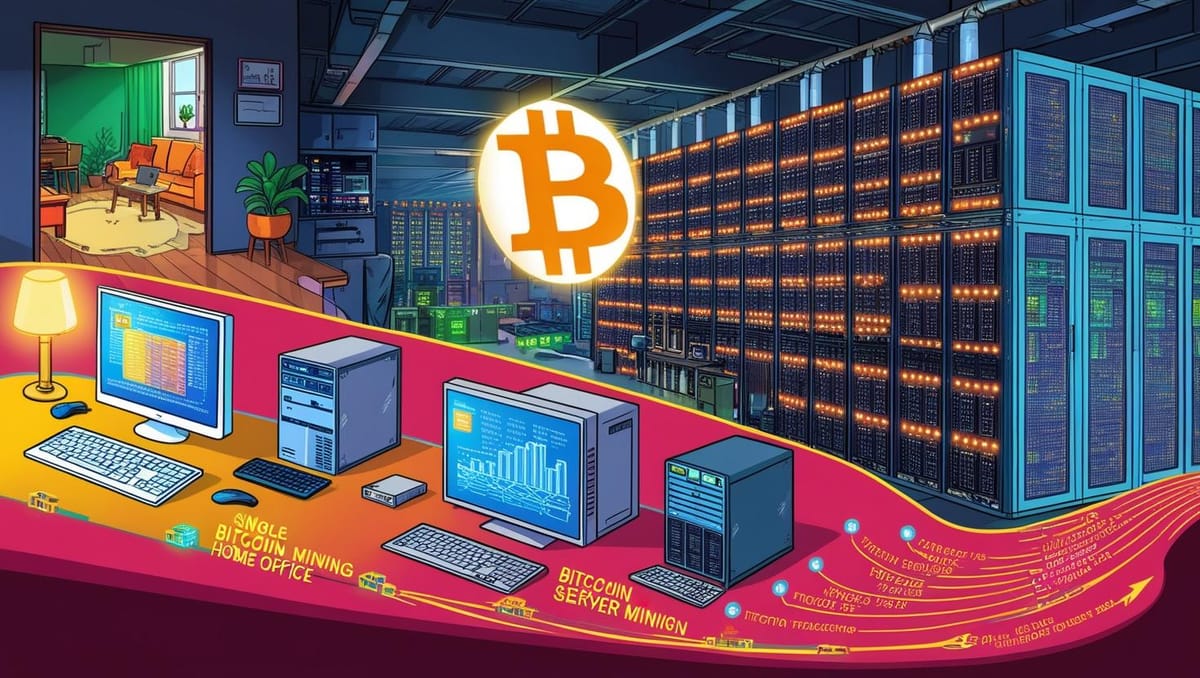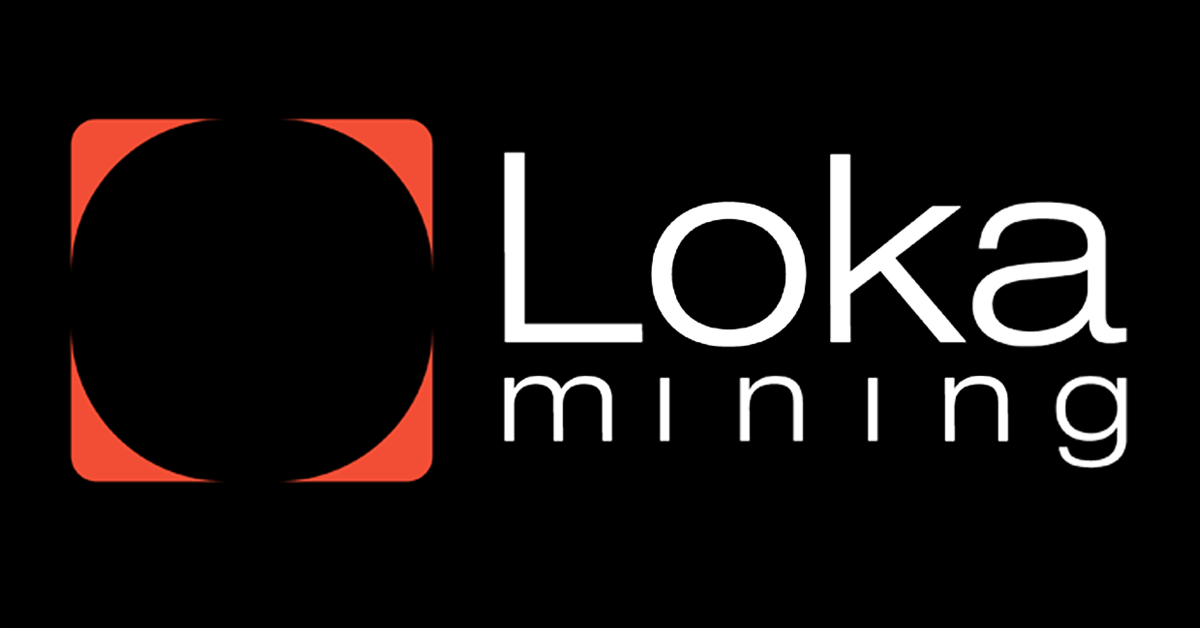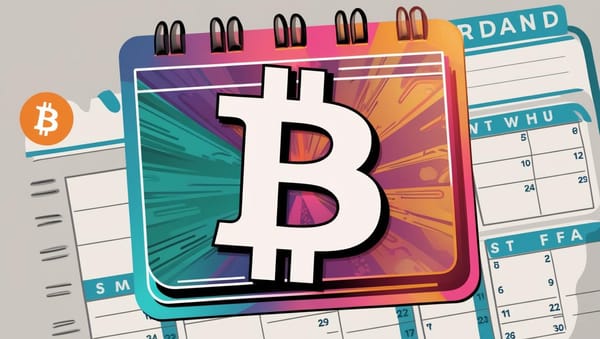From Home Computers to Giant Rigs: The Evolution of Bitcoin Mining

Imagine the year 2009: Bitcoin had just been born, and anyone with a regular home computer could "mine" this digital coin while sipping coffee at the kitchen table. Fast forward to 2025, Bitcoin mining has transformed into a massive industry with advanced rigs, staggering energy consumption, and fierce competition. How did we go from simple CPUs to multi-million-dollar ASIC machines? Let's explore the evolution of Bitcoin mining, with a special focus on its environmental impact and the latest advancements in ASIC technology.
The Early Days: Home Computers Era When Satoshi Nakamoto launched Bitcoin in January 2009, mining was a simple task. Using a CPU on a regular laptop or PC, anyone could solve cryptographic puzzles to verify transactions and earn Bitcoin rewards. Back then, one Bitcoin was worth less than $1, and the computational power required was minimal. In 2010, a user could mine hundreds of Bitcoin per day with a $500 device—a phenomenon that now sounds like a fairy tale. The environmental impact? Almost zero, as the electricity used was equivalent to running household lights.
However, as Bitcoin gained popularity and more miners joined, the algorithm’s difficulty automatically increased—Nakamoto’s design to ensure Bitcoin’s supply remained capped at 21 million coins. CPUs struggled to keep up, leading early pioneers to seek better solutions.
The GPU Era: The First Major Leap By 2011, GPUs (Graphics Processing Units), commonly used for gaming, became the preferred choice for miners due to their ability to perform parallel computations efficiently. This boosted hash rates from kilohashes per second (KH/s) to megahashes per second (MH/s). This marked the early professionalization of mining, although energy consumption remained relatively low compared to modern standards. Mining pools like Slush Pool (founded in 2010) also emerged, allowing miners to pool their efforts and share block rewards.
FPGA and the Birth of ASIC: A Technological Revolution The year 2012 saw the introduction of FPGA (Field-Programmable Gate Array) devices, which were more efficient than GPUs. However, the true revolution came in 2013 with ASIC (Application-Specific Integrated Circuit) miners. Specifically designed for Bitcoin’s SHA-256 algorithm, ASICs propelled hash rates into the gigahash (GH/s) and even terahash (TH/s) range. Bitmain launched the Antminer S1 (180 GH/s) in 2013, but by March 2025, the Antminer S21 Hydro reaches 536 TH/s—an exponential increase in just a decade. This transformation turned mining into a large-scale operation, with massive mining farms emerging in low-cost electricity regions like Texas and Iceland.
Current ASIC Miner Advancements ASICs remain the backbone of mining in 2025, but the technology has nearly reached its physical efficiency limits. The Antminer S21 Hydro, released by Bitmain in 2024, is a prime example: with a power consumption of 3,550 watts and an energy efficiency of 6.6 J/TH (joules per terahash), it is among the most energy-efficient machines on the market. Its liquid cooling (hydrocooling) system reduces excessive heat, enabling 24/7 operation without overheating—a significant leap from previous air-cooled models like the S19 (34 J/TH).
Competitors such as MicroBT’s WhatsMiner M60S are also in the race, offering 390 TH/s with an efficiency of 8.8 J/TH. This trend highlights the industry’s focus on energy efficiency, driven by rising electricity costs and environmental concerns. However, experts believe that silicon-based ASICs are nearing the limits of Moore’s Law. Future innovations may shift toward 3nm chips (from the current 5nm) or even new materials like graphene, though still in research stages in 2025.
Latest Data: Bitcoin Mining in 2025 As of March 14, 2025, Bitcoin mining remains a multi-billion-dollar industry:
- Global Hash Rate: The total network hash rate has reached 620 EH/s (Blockchain.com), up 20% from 2024, reflecting fierce competition.
- Block Rewards: Following the April 2024 halving, rewards have dropped to 3.125 BTC per block. With Bitcoin priced at $95,000 (Rp 1.55 billion), each block is worth approximately Rp 4.84 billion.
- Corporate Dominance: According to CoinShares, the top 10 mining firms (including Marathon Digital and Riot Platforms) control 85% of the global hash rate.
Environmental Impact: Controversy and Solutions The evolution of mining technology has had a profound environmental impact. The Cambridge Bitcoin Electricity Consumption Index (CBECI) reports that Bitcoin mining consumes 180 TWh per year in 2025—equivalent to Argentina’s electricity consumption or 0.8% of global usage. Critics call it an “ecological disaster,” particularly during the early GPU and ASIC phases when coal-powered mining in China dominated.
However, the industry has adapted. By 2025, 58% of mining energy comes from renewable sources (up from 42% in 2021), including hydroelectric power in Canada and solar farms in Texas. Marathon Digital, for instance, operates a 300 MW facility in Texas, with 70% powered by wind and solar, according to its March 2025 report. The latest ASIC models also help: the S21 Hydro’s energy efficiency (6.6 J/TH) is a vast improvement over the S9 (94 J/TH) from 2016, reducing carbon emissions per TH.
Challenges remain, however. A Nature Climate Change (2024) study estimates mining emissions at 90 million tons of CO2 annually—equivalent to 20 million cars. Regulatory measures in the EU and US are tightening, with California proposing a carbon tax on mining (February 2025), potentially raising operational costs by 15%.
From Hobby to Industry: Challenges and Opportunities Home mining is nearly extinct due to high ASIC costs (S21 Hydro priced at Rp 244 million per unit) and rising electricity rates. However, cloud mining offers an alternative, allowing individuals to rent mining power. Meanwhile, “green mining” using solar energy provides new hope. On the other hand, corporate giants continue to dominate with cutting-edge ASIC rigs.
The Future of Bitcoin Mining With 1.2 million Bitcoin left to mine until 2140, mining will only become more competitive. ASICs may eventually be replaced by next-gen technologies such as quantum computing, though practical applications remain distant. Environmental concerns will continue shaping regulations and innovation, with off-grid mining using flare gas (a byproduct of oil drilling) being tested by Crusoe Energy in the US in 2025.
From home computers to giant rigs, Bitcoin mining is a story of remarkable innovation—but also a cautionary tale about environmental footprints and accessibility gaps. The latest ASIC advancements show impressive efficiency gains, yet the future of mining will depend on balancing profitability, sustainability, and inclusivity. One thing is certain: this journey is far from over.
This article presented by Loka Mining.
Loka is revolutionizing the Bitcoin mining ecosystem by directly connecting investors with Bitcoin miners through a decentralized mining pool and an upcoming permissionless forward hashrate marketplace protocol.
Loka enables investors to get Bitcoin at lower than market price without centralized & counter-party risks, and Bitcoin miners to access capital efficient financing and hedge their risk exposure by selling their future mining rewards.
Find out more about loka in https://lokamining.com — or access our mining pool aggregator on https://pool.lokamining.com





